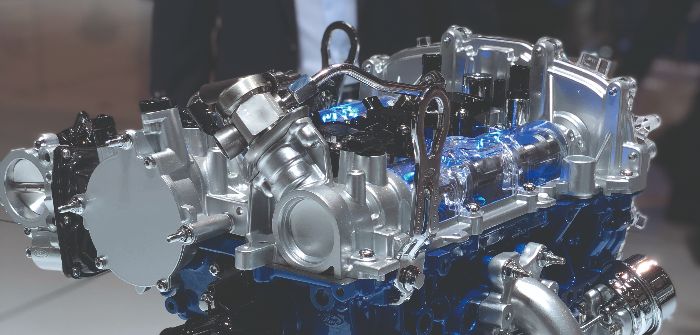The Ford Motor Company has announced that it has met its goal to reduce manufacturing emissions eight years ahead of schedule.
In 2010, Ford targeted a 30% per vehicle reduction in the company’s carbon dioxide emissions from manufacturing operations by 2025 and the company has announced that it has hit the target twice as fast as expected.
The results show a global manufacturing CO₂ emissions reduction of more than 3.4 metric tons from 2010 to 2017.
“We are proud of the work we have done to achieve this goal,” said Bruce Hettle, group vice president, manufacturing and labor affairs.
“We’ve made several improvements to our manufacturing operations – from the lighting we use to plant consolidations – all of which played a role in dramatically reducing our CO₂ footprint.”
Ford reduced its emissions footprint through energy conservation and efficiency changes at Ford’s manufacturing facilities, such as installing more than 100,000 LED light fixtures and updating paint operations.
“Painting operations use a large amount of energy,” said Andy Hobbs, director, environmental quality office. “Introducing technology that allows wet-on-wet paint application and eliminates a drying oven, in more plants, has significantly decreased energy use while maintaining quality.”
Minimum Quantity Lubrication is another energy-reducing technology. In MQL, a machining tool is lubricated with a very small amount of oil sprayed directly on the tip of the tool in a finely atomized mist, instead of with a large quantity of coolant/water mixture.
Ford now is working on setting a new goal – this one, focused on renewable energy.
“We will continue to set ambitious goals and work to create innovative practices to achieve them,” said Hettle. “Our next strategy will focus on increasing Ford’s use of renewable energy while maintaining our energy efficiencies.”
The company is charting its course for the future by investing US$11bn to put 40 hybrid and fully electric vehicle models on the road by 2022.


